10 Flowers That Can Actually Kill You
menier111
Published
05/12/2015
Beautiful But Deadly
- List View
- Player View
- Grid View
Advertisement
-
1.
 Arguably no other flowering plant has done more damage to people around the world than the opium poppy (Papaver somniferum). World famous as the narcotic base used for the production of heroin, it's been a tool of war - as in the case of the Opium Wars of 1839–1842 and 1856–1860 - and it's generally bad news for growers and users across the world.
Arguably no other flowering plant has done more damage to people around the world than the opium poppy (Papaver somniferum). World famous as the narcotic base used for the production of heroin, it's been a tool of war - as in the case of the Opium Wars of 1839–1842 and 1856–1860 - and it's generally bad news for growers and users across the world. -
2.
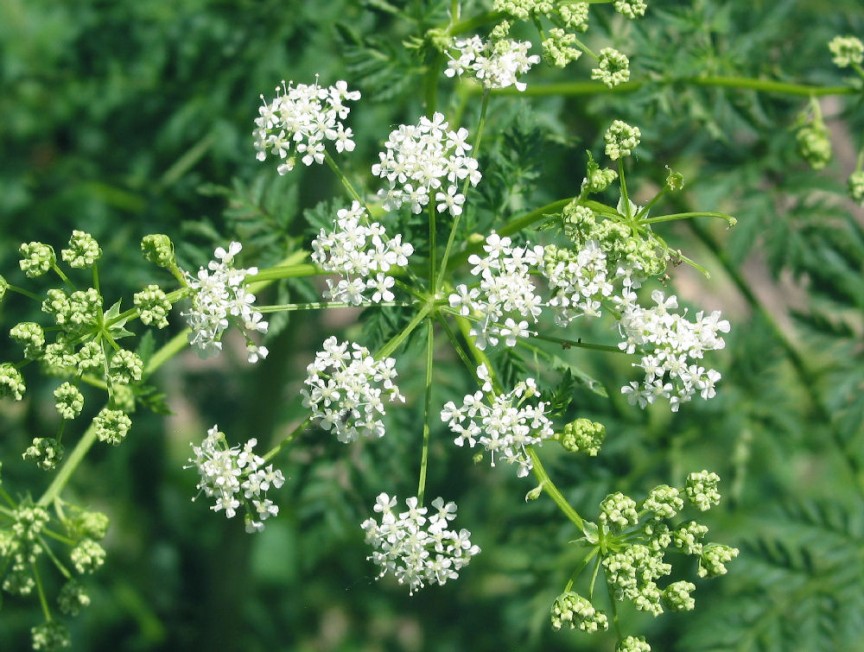 Poison Hemlock (Conium maculatum), best known as the plant that ended the life of Socrates, needs no other introduction
Poison Hemlock (Conium maculatum), best known as the plant that ended the life of Socrates, needs no other introduction -
3.
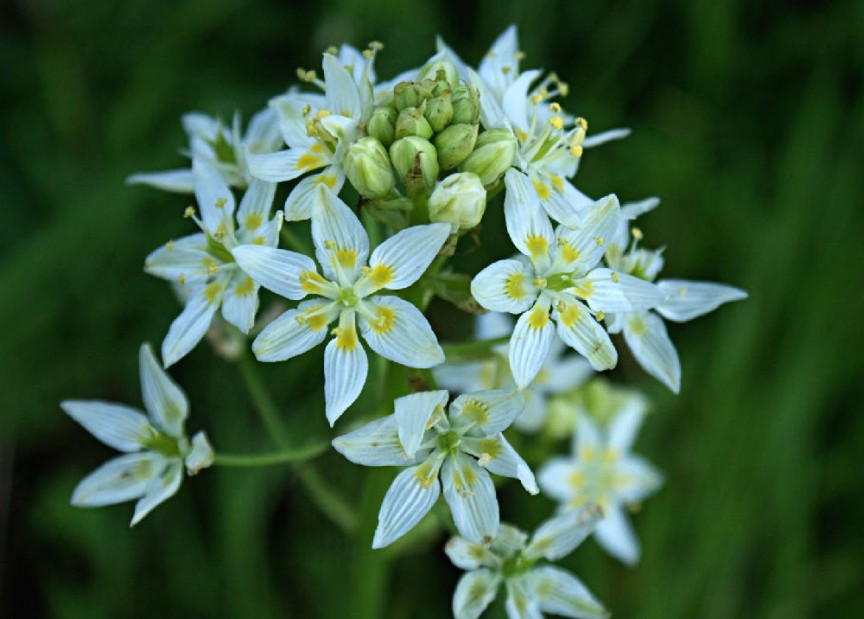 Lilies remain one of the most popular choices for gardens and flower vases in homes around the world. But most people don't realise that many lily species contain varying amounts of toxins.
Lilies remain one of the most popular choices for gardens and flower vases in homes around the world. But most people don't realise that many lily species contain varying amounts of toxins. -
4.
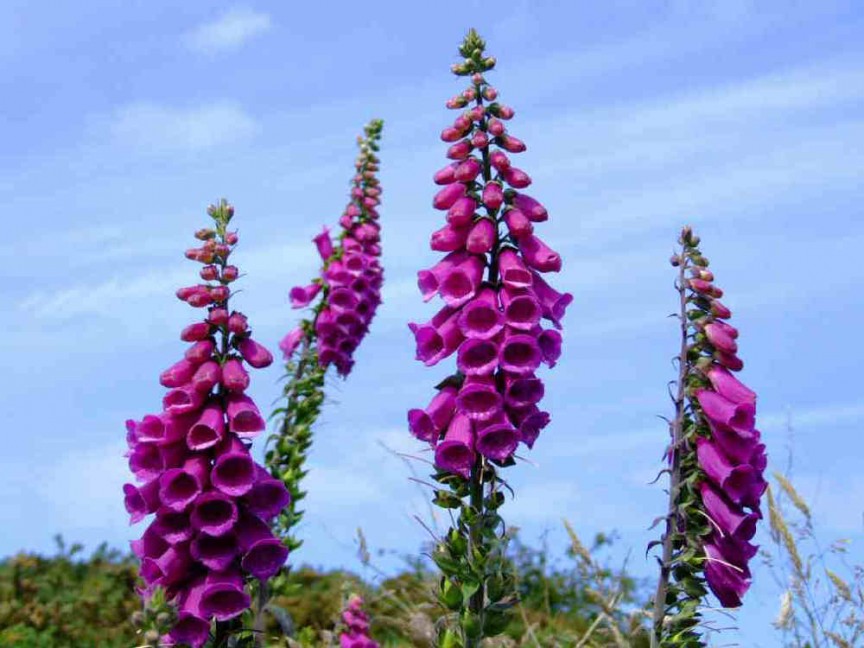 Foxglove (Digitalis purpurea) fits squarely into the 'times change' category. A native European plant that once ranked as a prized ornamental plant when it was first imported by the early colonial settlers, this now ranks as a weed because it grows aggressively in the wild.
Foxglove (Digitalis purpurea) fits squarely into the 'times change' category. A native European plant that once ranked as a prized ornamental plant when it was first imported by the early colonial settlers, this now ranks as a weed because it grows aggressively in the wild. -
5.
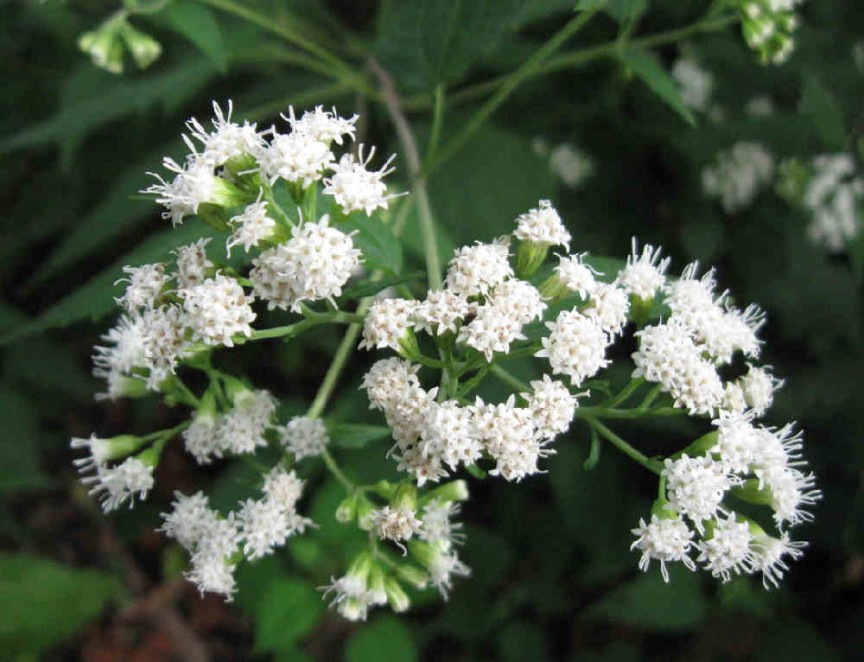 White snake root (Ageratina altissima), the plant most famous for allegedly causing the death of President Lincoln's mother, grows in many areas of North America. Small white, inconspicuous flowers make the plant easy to overlook. That would be a mistake.
White snake root (Ageratina altissima), the plant most famous for allegedly causing the death of President Lincoln's mother, grows in many areas of North America. Small white, inconspicuous flowers make the plant easy to overlook. That would be a mistake. -
6.
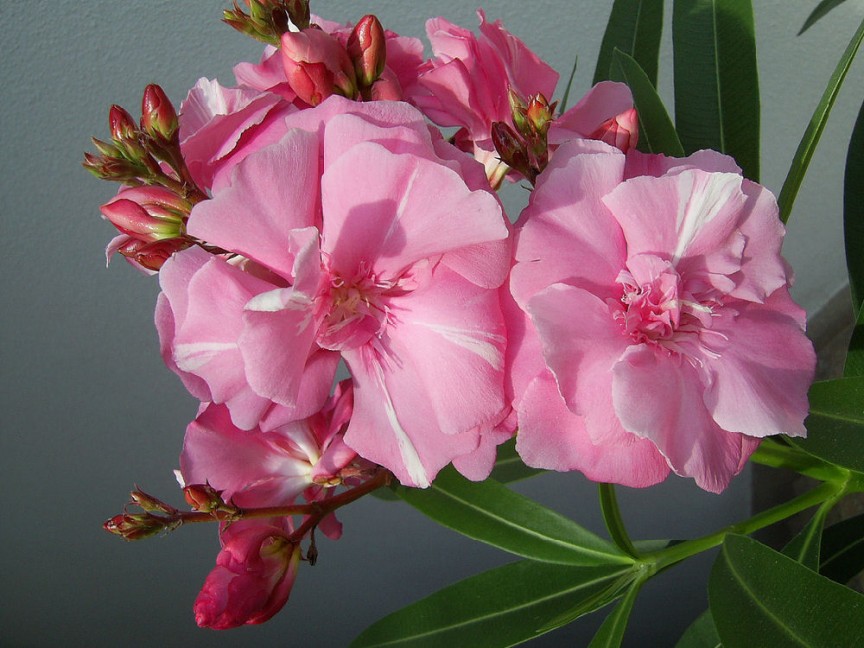 Beautiful flowers might be the only thing going for Oleander (Nerium oleander). A small shrub or tree commonly used as an ornamental in the yard contains a toxin called Cardenolide Glycosides Pose, and it represents both a passive and active danger to human life and health.
Beautiful flowers might be the only thing going for Oleander (Nerium oleander). A small shrub or tree commonly used as an ornamental in the yard contains a toxin called Cardenolide Glycosides Pose, and it represents both a passive and active danger to human life and health. -
7.
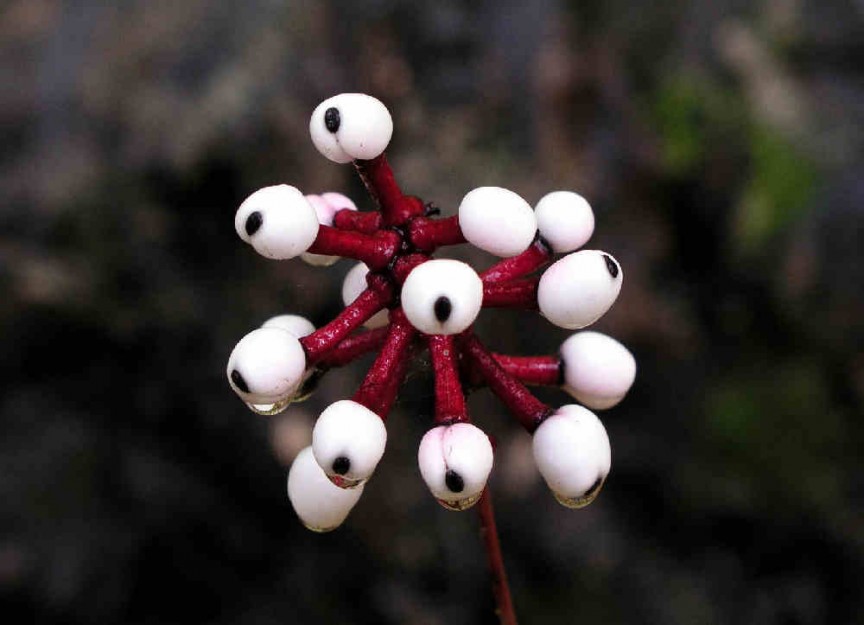 The woods have eyes and White Baneberry, better known as Doll's eye, are proof. The plant produces some pretty white flowers that transform into full-grown berries. They create an illusion of eyes in the woods, and they grow like weeds, in most open areas of the East Coast.
The woods have eyes and White Baneberry, better known as Doll's eye, are proof. The plant produces some pretty white flowers that transform into full-grown berries. They create an illusion of eyes in the woods, and they grow like weeds, in most open areas of the East Coast. -
8.
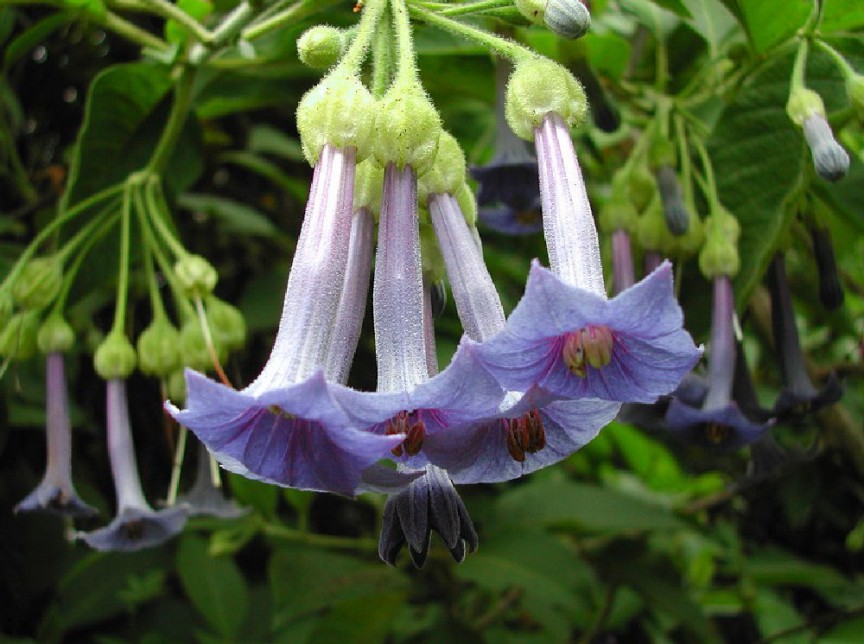 With a name like angel's trumpets, this flower sounds downright enchanting. Naive people who consume the plant, however, might very well experience the coming of angels. It's a native South American plant that now grows freely in the wild across North America.
With a name like angel's trumpets, this flower sounds downright enchanting. Naive people who consume the plant, however, might very well experience the coming of angels. It's a native South American plant that now grows freely in the wild across North America. -
9.
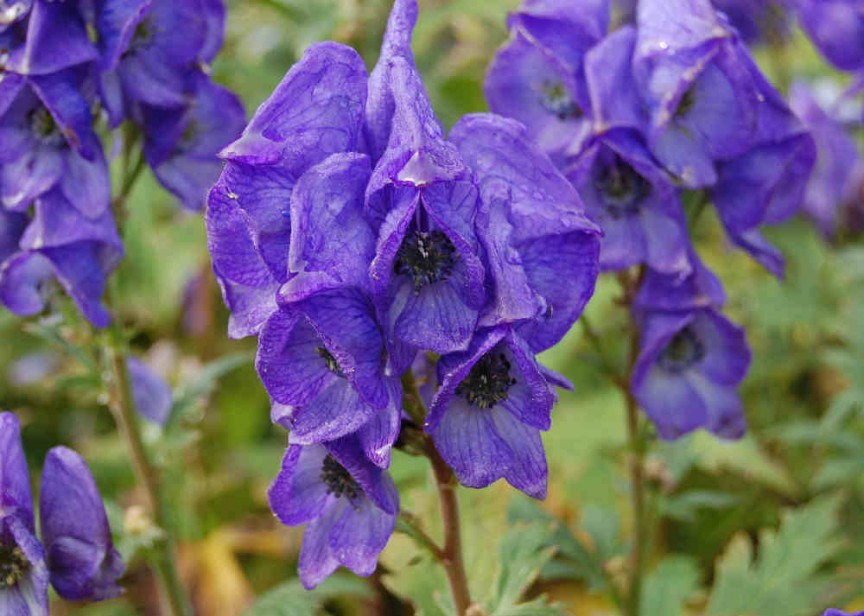 On any sunny summer's day, mountain hikers in the northern hemisphere might cross paths with some beautiful purple flowers. In the case of Wolfsbane, or Devil's Helmet, the beauty is only skin deep.
On any sunny summer's day, mountain hikers in the northern hemisphere might cross paths with some beautiful purple flowers. In the case of Wolfsbane, or Devil's Helmet, the beauty is only skin deep. -
10.
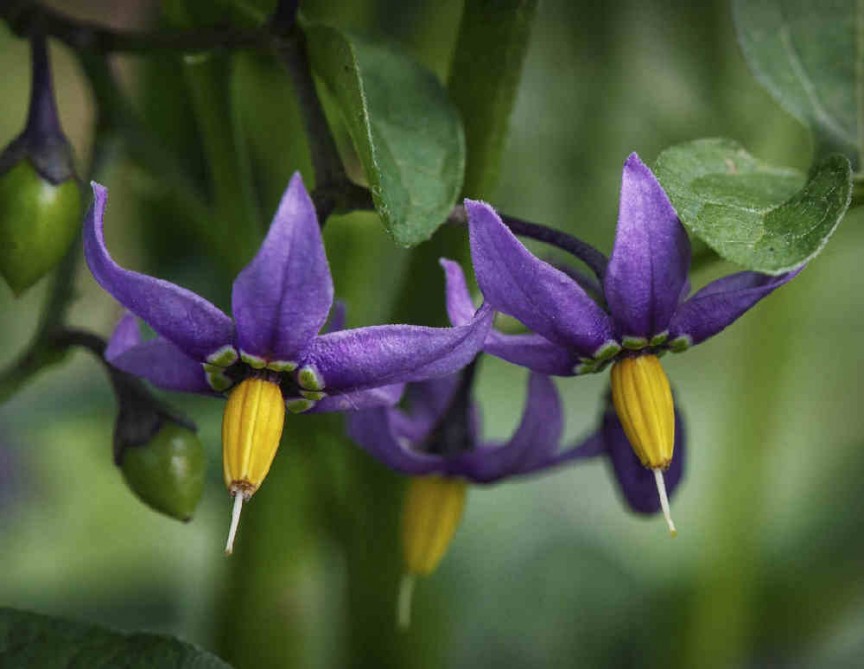 With names like Deadly Nightshade and Devils Berries, nobody should be in any doubt about the nature of these nasty flowers. True to its name, the entire plant contains deadly poisons called Tropane alkaloids.
With names like Deadly Nightshade and Devils Berries, nobody should be in any doubt about the nature of these nasty flowers. True to its name, the entire plant contains deadly poisons called Tropane alkaloids.
- NEXT GALLERY
-
- 19 Times Sh!t Happened
Arguably no other flowering plant has done more damage to people around the world than the opium poppy (Papaver somniferum). World famous as the narcotic base used for the production of heroin, it's been a tool of war - as in the case of the Opium Wars of 1839–1842 and 1856–1860 - and it's generally bad news for growers and users across the world.
10/10
1/10







2 Comments